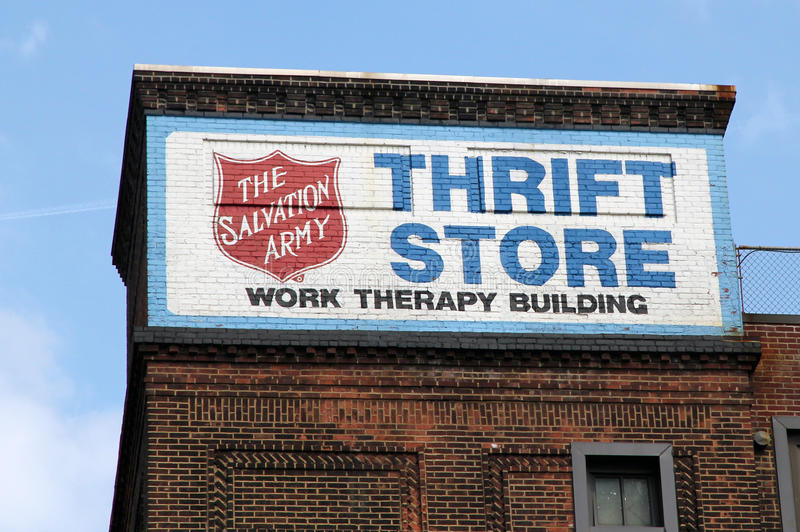Thrifting
February 6, 2023
Thrifting has become popularized over the past couple of years, especially as the environmental movement has gained more traction. It is a highly accessible and affordable option for everyone, yet, some have started thrifting to turn a profit, reselling their finds on apps like Depop or Poshmark. These resellers look through bins and racks of clothing in thrift stores such as Goodwill or Salvation Army to find vintage items of value and sell them at astronomical prices.
Encouraging thrifting not only destigmatizes wearing second-hand clothing but also ensures clothing items are kept from being thrown out after they’ve been worn once. It halts fast fashion clothing consumption that contains exploitative labor practices and environmental pollution. The fast fashion industry is the second-biggest consumer of water and is responsible for about 10% of all global carbon emissions.
“Thrifting is an environmentally friendly shopping option,” says SA Senior Maggie Sewell, “and it helps me expand my style.”
Reselling items found at the thrift store may not seem harmful, as secondhand clothing is still being reused. But reselling items at a much higher price than they were bought makes these items once again inaccessible to the general public. Resellers target vintage items of value and buy in bulk, poaching all the “fashionable” items. This restricts the availability of appealing clothing in these stores.
“Resellers take sustainability out of thrifting,” SA Senior Sophia Brown says, “not only do they make originally affordable items unobtainable, but they harm the environment with packaging and mass shipping.”
Thrift stores are taking advantage of this growing popularity, as these sellers are buying pounds of clothing regularly. With the change in demographics, thrift stores have been able to change their prices depending on how much their customers would be willing to pay. Goodwill, today, for example, charges a large range of prices instead of a fixed cost on items. As resellers discovered their new “hobby,” they have consequently altered the meaning and purpose of thrift stores entirely. Of course, there are some other contributing factors, like increased operating costs and inflation, only heightening this “thrifting crisis”.
Thrifting is a great source of sustainable and economical clothing, but profiting off something that people need in order to maintain their standard of living is a prime example of thrifting unethically. Exploitive practices are avoidable, so be wary of where you purchase your clothes and how you’re purchasing them.




